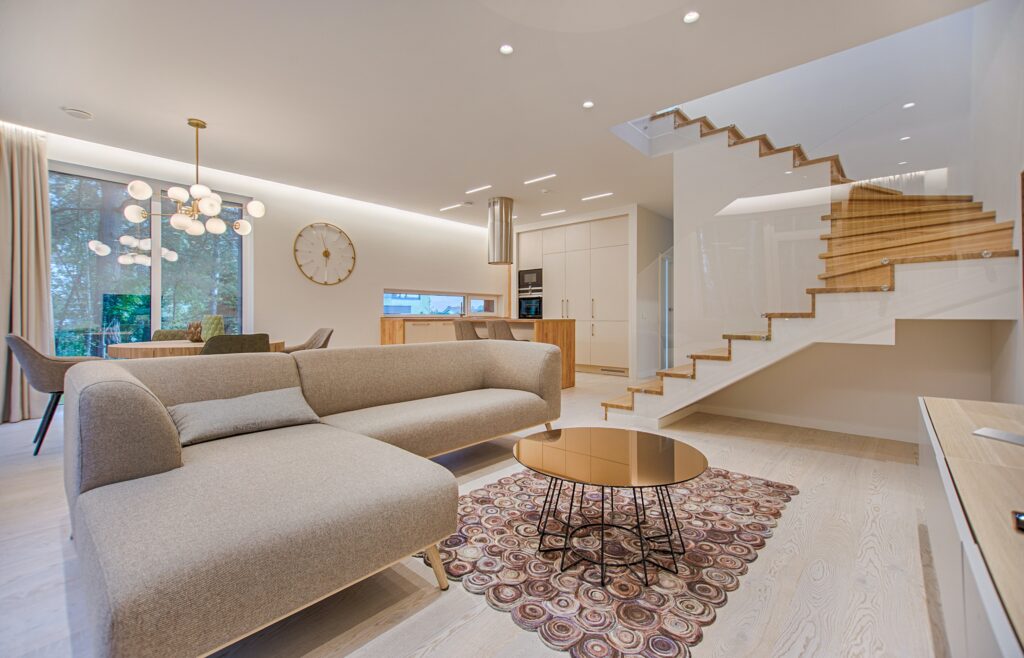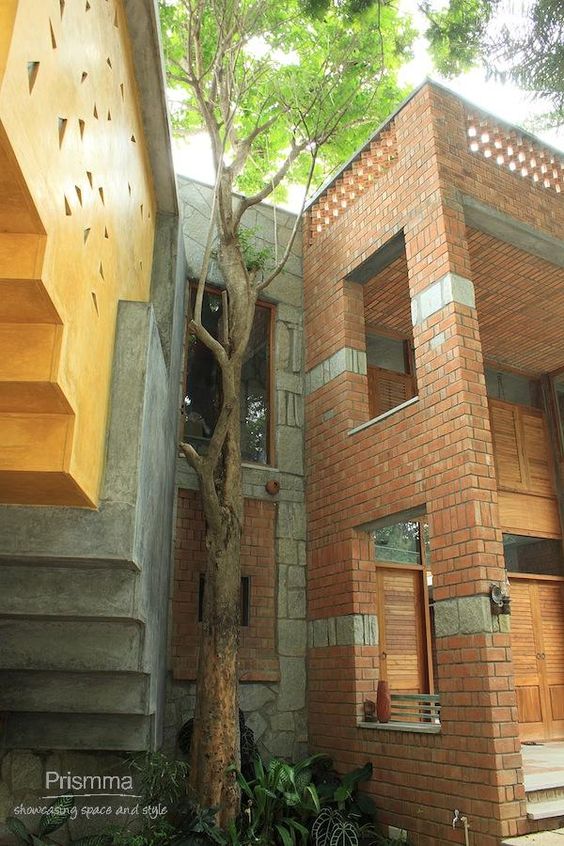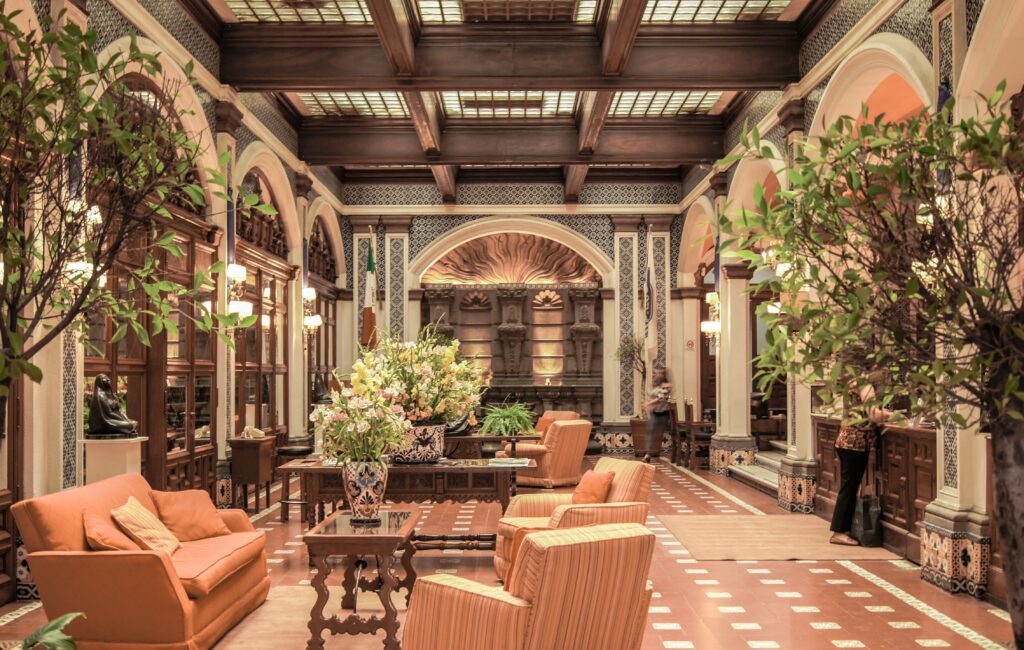Theory and philosophy can be interlinked with Design, not as a direct translation but in the context of a few underlying principles. Ethics which are ingrained in everyone, dictate how we design whether we know it or not. When philosophical concepts and explorations are addressed from within a disciplinary boundary, their discussion tends to be called theory instead of philosophy. However, theory isn’t the same as philosophy. It has different responsibilities (Plowright, 2014). Theory creates a framework to follow these boundaries and guides designers as to how to follow them whereas philosophy is the ingrained ethic which helps differentiate a good design from bad.


Barnett Newmann’s quote ‘aesthetics is for an artist as ornithology is for birds’ (Plowright, 2014, Pg. 54) strikes true in this case. It conveys the pointlessness of philosophy for an artist who doesn’t conform to the rules set by societal standards. The question arises as to how we can merge the philosophical and theoretical disciplines into architecture and use this framework to set certain standards for design. Another aspect is the ethical judgement of whether or not a design is honest. But who decides that? The underlying rules which define whether a building is beautiful or not can break down any built form to its basics to judge if it’s a good design or decent. However subjective a design can be, it still holds in its core the architectural principles of say symmetry or rhythm. These concepts are so ingrained in us that we might not even notice it anymore, but follow it subconsciously. This is also what Philip Plowright in his book ‘Revealing Architectural Design’ explains, that a philosophy takes a long time to become an ethic, but once so, it is unquestionable.


Plowright categorizes theories into analytical theory and generative theory; analytical being the texts which describe or critique an already existing structure whereas generative are the ones which help us design a structure owing to the guidelines laid out in them. The societal norm for example is that raw untreated wood is honest whereas a wooden structure cladded with another material or painted over isn’t. The interesting thing is there is no architectural syntax which says this. It’s only a matter of ethics and ingrained philosophy, thereby highlighting the author’s hypothesis that a philosophy takes years to become an ethic, which in turn becomes theory, which in turn affects a designer’s decisions. However, we remain oblivious to these origins and treat them as a matter of fact logic, rather than a rule of
thumb to be followed.


If we put this hypothesis in the context of actual design, theoretical design would fixate the by-laws and standards, for instance the height of chairs according to anthropometry, door widths, lux requirements within a space or tile drops in bathrooms. This would be generative theory which is available in the form of set rules researched by architects and planners before us. However, philosophical design could be seen as the choice of materials and colors, the decision to go vernacular or sustainable, employing natural sources of light or ventilation to achieve the required lux level in a space etc. This as mentioned earlier, isn’t a part of architectural syntax, however can be adjudged as better design owing to ingrained ethics.




Philosophy dictates taste and signature style of a designer whereas theory or more accurately generative theory is important to get the function and utility of a space right. However, just getting the height or width of a space up to standards doesn’t guarantee an aesthetic space. This is where philosophy or analytical theory kicks in. In order to be a wholesome designer, placing both theory and philosophy in design is vital.
